Family: Ericaceae Juss.
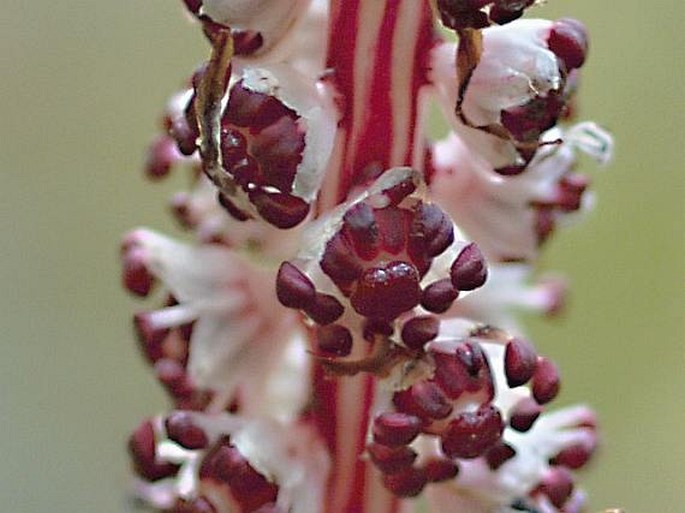
Distribution: North American species of a monotypic genus with its range limited to western areas along Pacific from British Columbia to California and Montana and Idaho.
Ecology: Moist coniferous and mixed forests, in humus rich in organic material, at elevations from 70 to 3100 m. Blooms in July and August.
Description: Saprophytic, perennial herb, lacking chlorophyll, stems 10–50 cm tall, white, red striped, from a fleshy rhizome. Leaves scale-like, linear to lanceolate, 2–3 cm long, white, sometimes with red margins, in a whorl around stem. Inflorescence is a raceme, 5–20 cm long, flowers numerous, with short pedicels, calyx absent or reduced to 2–4 linear sepals, 5 petals, ellliptic to orbiculate, concave, 3–6 mm long, white or pink, margins irregular to lacerate, 10 stamens, longer than corolla, dark red, 1 style, stigma disc-shaped, dark red. Fruit is a capsule, almost round, 5 segmented, 4–7 mm long; seeds about 1 mm small.
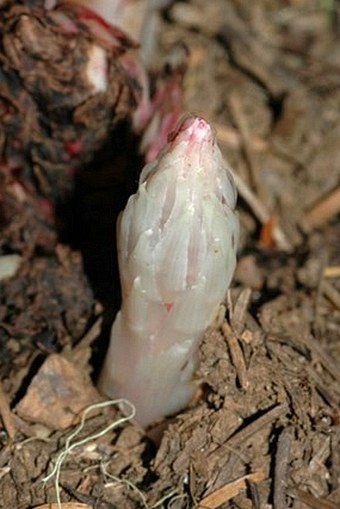
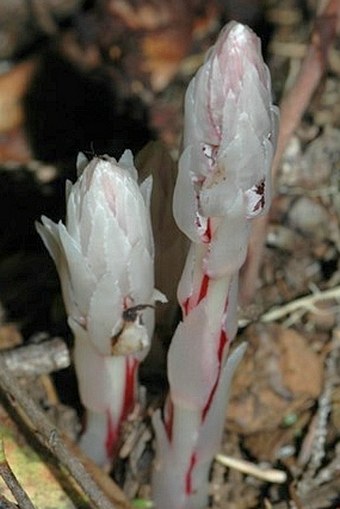
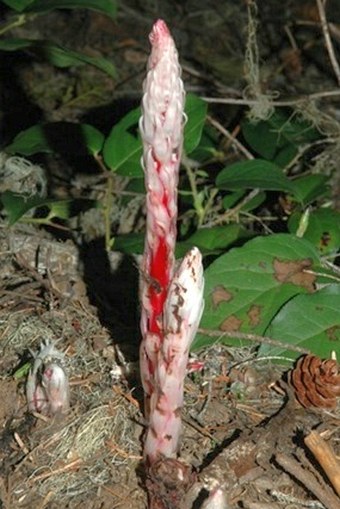
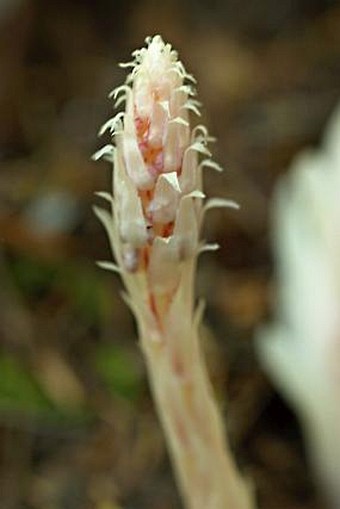
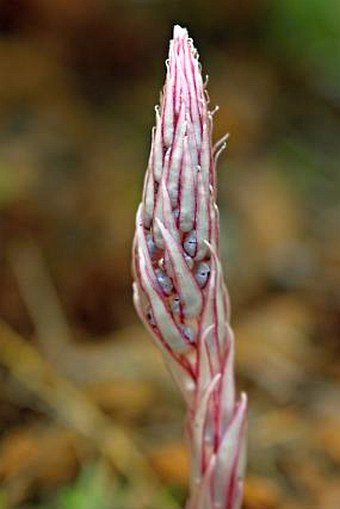
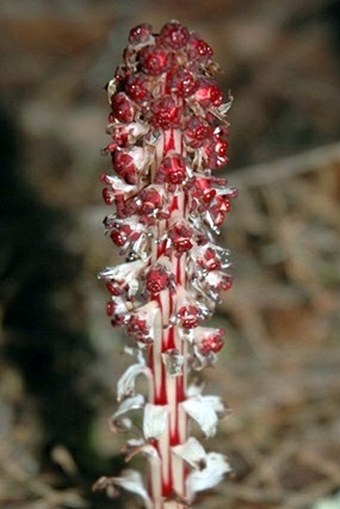
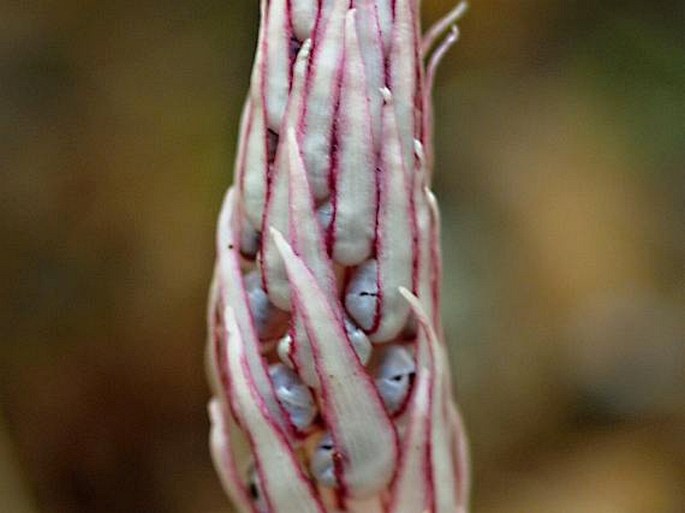
These images were taken in USA, Washington, Olympic Peninsula, Mt. Townsend (by Philip Bergmann, July 2008), and Canada, British Columbia, Vancouver Island, Strathcona Provincial Park, Philips Ridge, Karst Creek and Shepherd Creek (by Alena Vydrová and Vít Grulich, July 2007).


